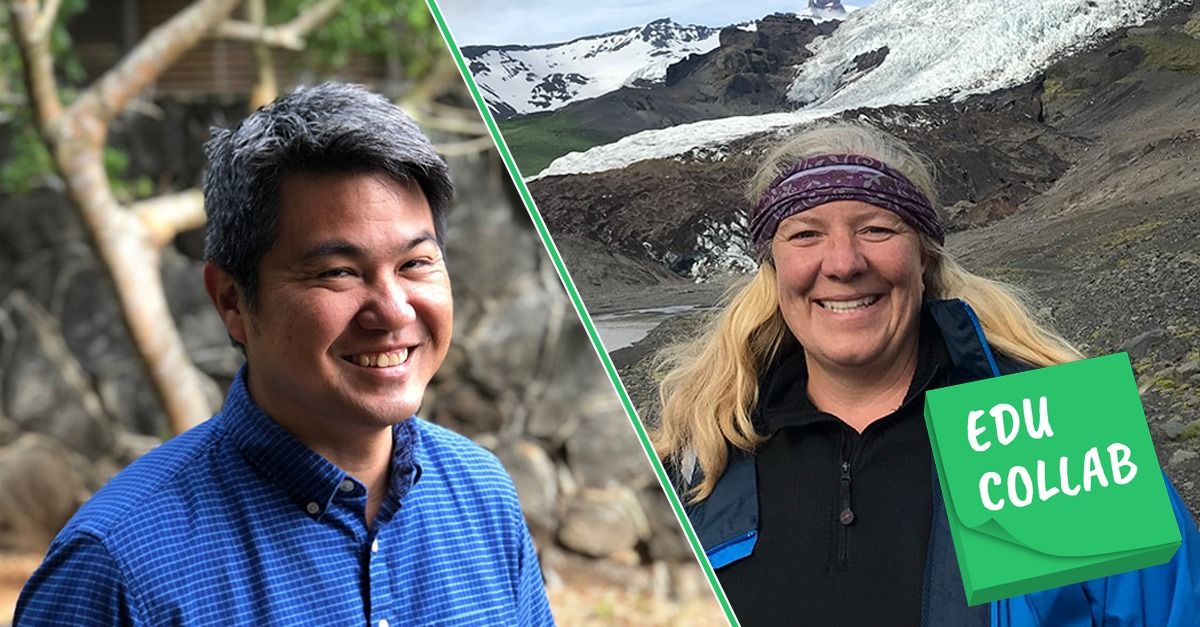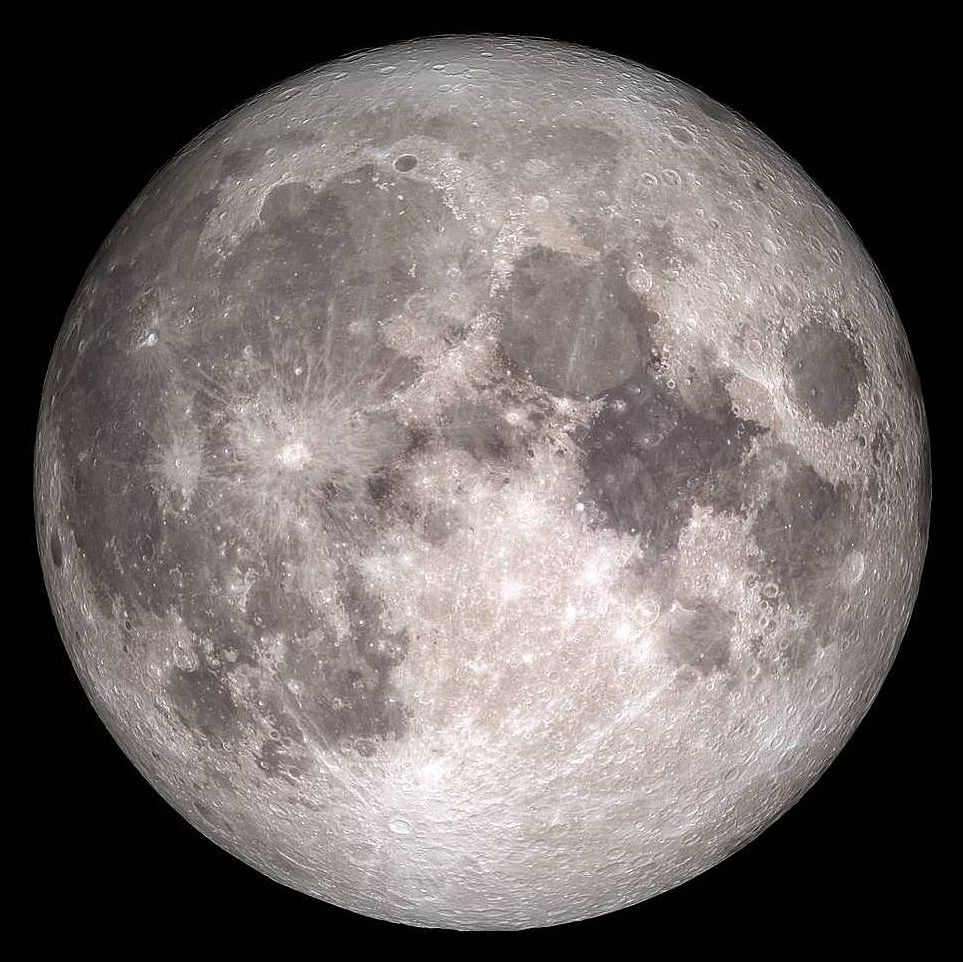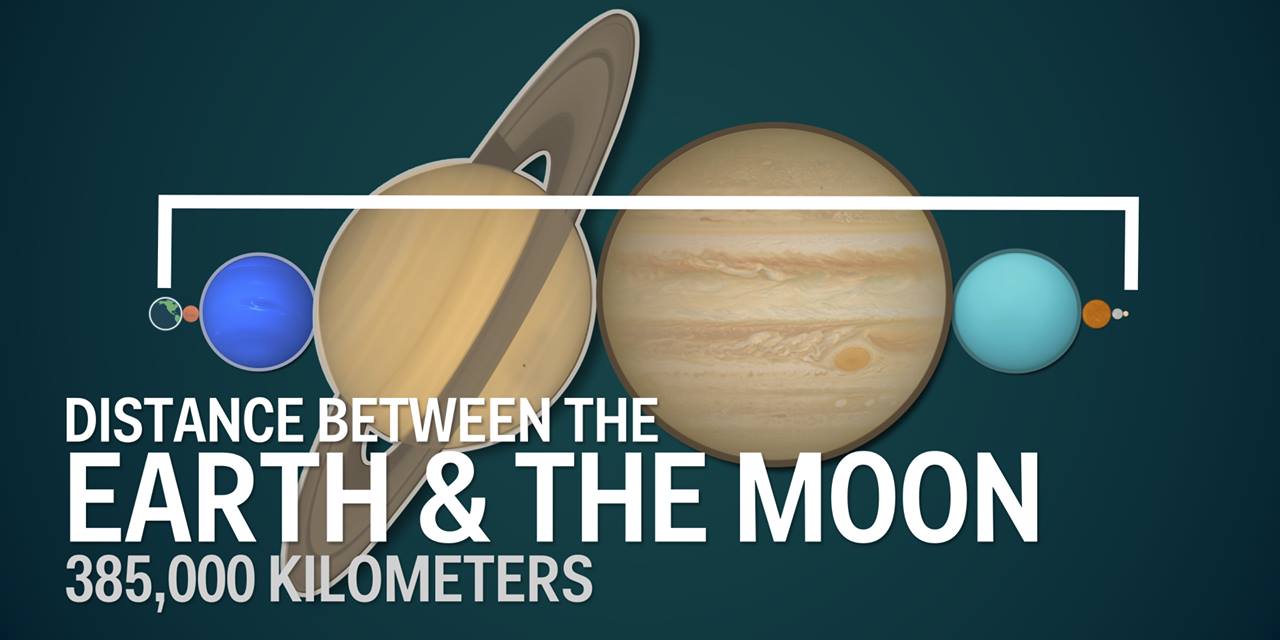Surgery filmed in 360° and live-streamed to remote doctors could already be happening in a hospital near you.
The healthcare industry should be using Artificial Intelligence (AI) to a far greater degree than at present, but progress has been painfully slow. The same factors that make the healthcare system so attractive to AI developers – fragmented or non-existent data repositories, outdated computer systems and doctor shortages – are the same things that have stopped AI from providing the gains that should be created.
The healthcare sector also presents unique obstacles for AI: data must flow freely through AI systems to achieve real results, but extracting data from handwritten patient files or PDFs is cumbersome for us, and difficult for AI. Despite technical and operational challenges, new research suggests that the arrival of the tech giants into the industry may provide the data and the capital required to digitize this fairly untapped market.








 It is essential to begin forging bonds between the researchers who are making the science a reality and the investors and angels who have the knowledge and expertise to take the science to market.
It is essential to begin forging bonds between the researchers who are making the science a reality and the investors and angels who have the knowledge and expertise to take the science to market.

